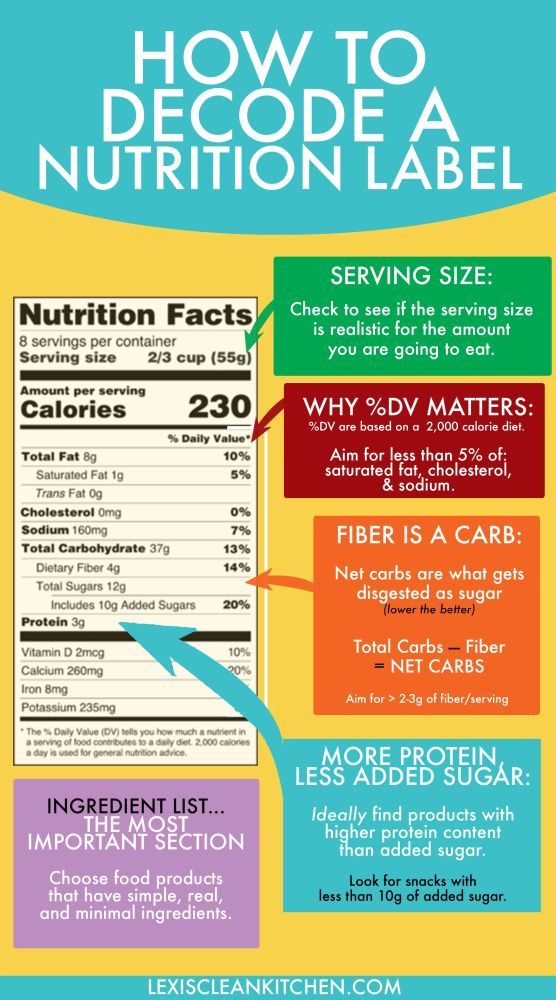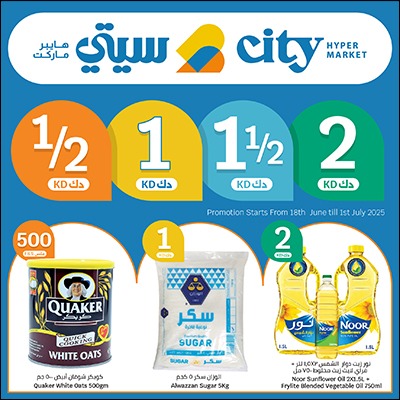
Nutrition labels on packaged foods, which provide important nutritional information on key ingredients that impact our health found in the packet, have been a standard feature since the early 1970s. The labels help support our personal dietary needs, as they allow us to intake more of the nutrients that our body needs, and avoid those that need to be limited. However, many people tend to disregard these nutritional labels. Not taking the time to read and understand the nutritional information on foods could lead us to consume ingredients that adversely affect our health.
Nutritional labels usually follow a standard format in listing the quantities, number of calories per serving, and serving size, as well as the dietary values of various nutrients found in the packaged food and their percentage daily value (%DV). The nutrients usually listed include fat, saturated fat, cholesterol, sodium, carbohydrate, fiber, protein, vitamins A and C, calcium, and iron.
Making sense of all this information could be difficult for many people, so health authorities recommend using the 5-20 rule. The rule, which is based on %DV, aims to provide the public with a general guide for selecting foods that are low in certain nutrients that are not needed by the body, such as added sugar or sodium, but high in others that we do want, like vitamins and fiber.
The %DV indicates the percentage of each nutrient that a serving of the food provides toward daily nutrient goals or limits based on eating a 2000-calorie diet. If the %DV is less than or equal to 5 percent, the food is considered to be low in this nutrient. On the other hand, if the %DV is 20 percent or more, it is deemed to be high in this nutrient.
For example, if a food label indicates that the food contains 2 %DV of sodium per serving, that means that the food is low in sodium. However, it is important to keep in mind the serving size. For instance, if the serving size of that food is two tablespoons and a person consumes one cup of that food, then that person would no longer be consuming low amounts of sodium. The 5-20 rule is obviously helpful only if you adhere to the serving size indicated in the nutritional label.
The 5-20 rule can help you make healthy food choices. For example, it can help you decrease the amount of foods you eat that are high in harmful nutrients like saturated fats and sodium while increasing the amount of beneficial ones like vitamins and fiber. This can help reduce the risk of critical diseases like diabetes and cardiovascular disease.
Nutritionists point out that the 5-20 rule is also helpful if you are attempting to lose weight, as reducing your calorie intake is often a crucial component of weight management. Additionally, the rule can help identify foods low in added sugars and saturated fats (5% or less of DV) and decrease calorie intake from unhealthy sources. In addition, the 5-20 rule can also help you improve your intake of vital nutrients like vitamins, fiber, and minerals, which are good for overall health, by choosing foods with 20 percent or more DV of these beneficial nutrients.
People can also use the 5-20 rule to compare similar food products and select whichever one is the better choice. For example, the rule could help compare two brands of biscuits and opt for the one with less sodium and added sugars. Except for those who have dietary restrictions, most people can benefit from using the 5-20 rule by choosing foods with less sodium, saturated fat, and added sugars, and with more dietary fiber, calcium, potassium, and iron.
However, it is important to consult with a registered dietitian, as this does not apply for everyone. For instance, some people who are diagnosed with irritable bowel syndrome (IBS) may have more gastrointestinal symptoms, including cramping and diarrhea, if they consume too much of certain types of fiber. While others with IBS may be advised to increase their intake of certain fibers. So, if you have IBS or other gastrointestinal conditions, it is important to talk to your doctor or registered dietitian about what types of fiber, and how much, might be best for your symptom management.
Although the 5/20 rule can be helpful, it is also important to understand the ingredients list. Some products may look very healthy when we look at the label (low sodium, low saturated fat, low added sugars, and high dietary fiber), but items found in the list could also contain several highly processed ingredients that can have adverse effects on health.
To put the 5-20 rule in a condensed form, just remember: Less healthy nutrients — like sodium, added sugar, and saturated fat — should generally be kept at or below 5% DV. Healthier nutrients — like fiber, calcium, and potassium — should be consumed in larger amounts at or above 20% DV for most healthy adults. Adhering to this rule can help lose weight, protect your heart, and generally be more healthy. However, we need to be aware that the 5-20 rule is a general one, and specific medical conditions would require more or less of certain nutrients.















